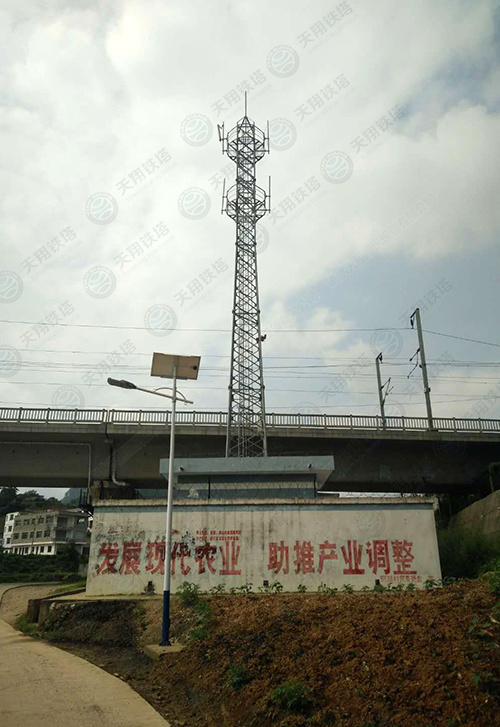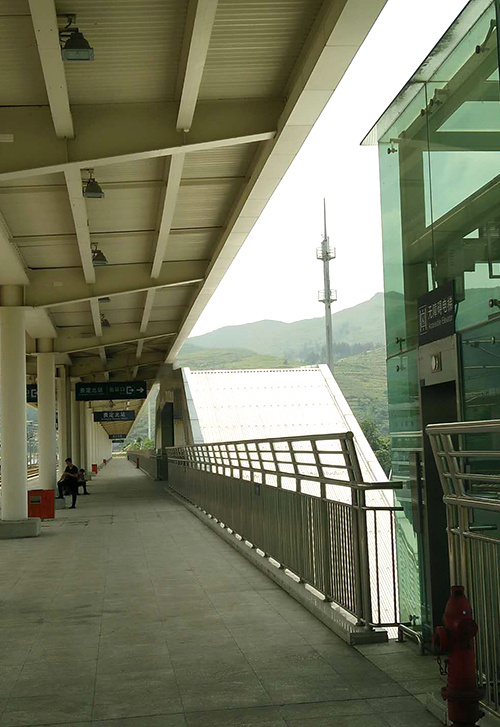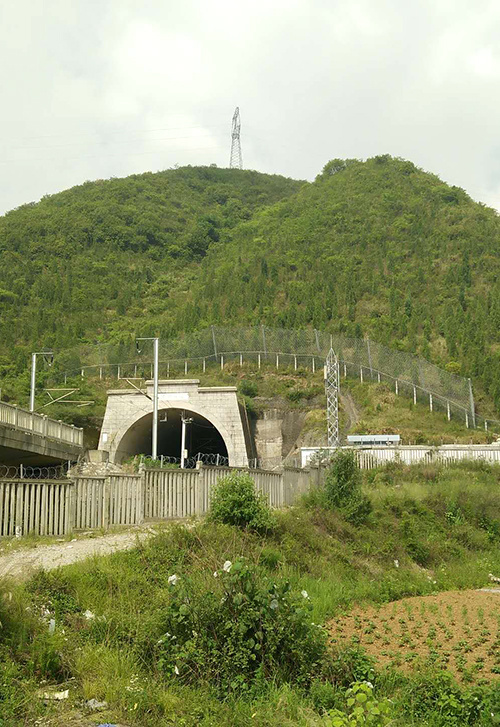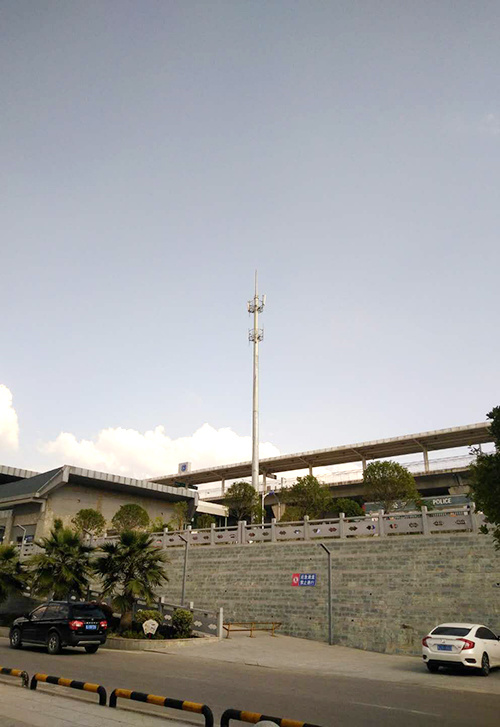The Towering Giants of Communication: A Dive into Broadcasting and Television Towers
Introduction: Reaching for the Skies
Have you ever gazed up at a broadcasting and television tower and wondered how it all works? These towering giants are not just impressive structures; they're the backbone of our media! From the latest news updates to your favorite sitcoms, broadcasting and television towers play a crucial role in delivering content right to your screen.
What Are Broadcasting and Television Towers?
In simple terms, broadcasting and television towers are tall structures designed to transmit radio and television signals. They stand tall, often reaching hundreds of feet into the air, ensuring that signals can travel long distances. Think of them as the megaphones of our digital age!
How Do They Work?
Okay, let’s break it down! When a television station creates a show, it sends the signal to the broadcasting and television tower. The tower then amplifies this signal and beams it out to receivers across a wide area. It's like tossing a pebble into a pond—the ripples spread out, reaching every corner. The technology behind this process is nothing short of miraculous, employing a mix of antennas, transmitters, and sometimes even satellites!
A Peek into Their History
Believe it or not, broadcasting and television towers have come a long way since the early 20th century! The first radio broadcasts took place in the 1920s, and by the 1930s, television was starting to make waves. The first television tower in the U.S. was built in 1931 in New York City. Fast forward to today, and you’ll find towers dotting the landscape, some even surpassing the height of the Empire State Building!
Cultural Significance
Beyond their technical role, broadcasting and television towers have become cultural landmarks. From the iconic CN Tower in Toronto to the Eiffel Tower in Paris, they symbolize communication and connection. Not to mention, they often serve as stunning backdrops for photos, drawing millions of tourists each year.
Challenges and Innovations
But it’s not all smooth sailing! As technology evolves, broadcasting and television towers face new challenges. The rise of streaming services has changed how we consume media, pushing traditional towers to adapt. Many are now incorporating digital broadcasting, allowing for clearer signals and more channels. Talk about a glow-up!
The Future of Broadcasting and Television Towers
So, what’s next for these towering titans? With the advent of 5G technology, broadcasting and television towers are set to undergo a transformation. They’ll play a key role in supporting the next generation of wireless communication, bringing us faster, more reliable connections. Who knows? Your next binge-watch session might just be powered by the latest tower technology!
Wrapping It Up!
In conclusion, broadcasting and television towers are more than just tall structures; they’re vital to our way of life. They connect us to the world, bringing entertainment, news, and information straight to our living rooms. So, the next time you see one, take a moment to appreciate the engineering marvel and the role it plays in your daily dose of media!
Final Thoughts
As we continue to innovate and adapt in the age of digital media, the broadcasting and television tower will remain a crucial player in the game. So, let’s celebrate these giants of communication that keep us all connected!
Tag:











